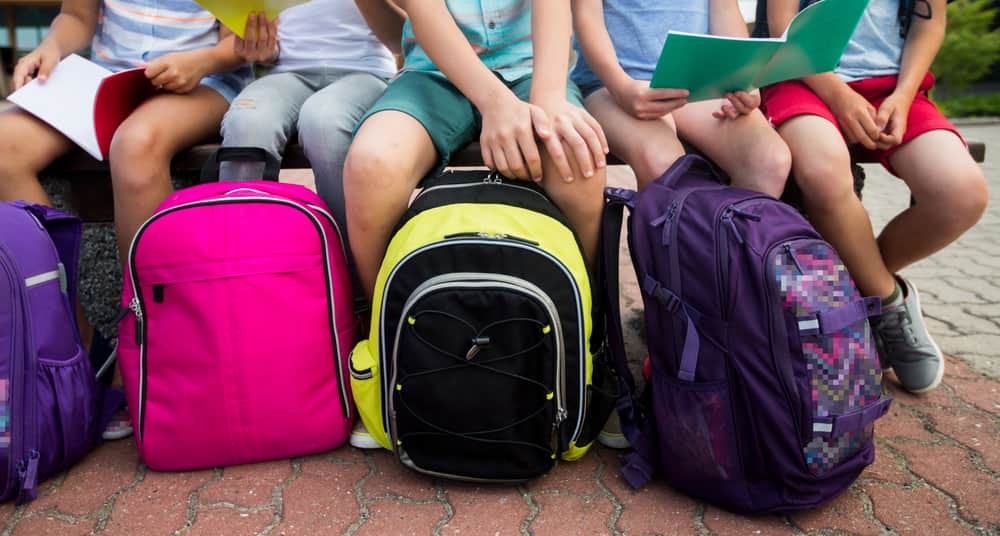Back-to-school season has arrived, and you are concerned about bedbugs plaguing your school. Avoiding bedbugs is challenging since various control methods should be in place. It is expensive to exterminate bedbugs, and avoiding getting them in your school is best. Even worse, the effectiveness of some bedbug control options is impractical and ineffective despite the huge extermination cost. So what’s best? Well, prevention is always better than cure. This post provides the best methods and approaches you should maintain at your school to avoid getting bedbugs.
Table of Contents
Are bed bugs a concern in schools?
The presence of a bedbug calls for great concern as it hampers your school’s reputation and is also unsafe for learning. The safety of learners is a concern for parents, administrators, and the entire management of the school. Most American schools have reported having bedbugs within their institutions and relayed it to stakeholders.
Moore County elementary school reported having bedbugs last spring and hosted a parent meeting to discuss how to handle the problem. The aim was to discuss how best to protect the learners and avoid taking bedbugs home from school. At Chicago high school, a student sent a disturbing letter to parents pointing out the existence of bedbugs at school and how it was discomforting.
The schools mentioned above are just the tip of the iceberg, as many American schools have bedbug infestation issues. Bed bug statistics suggest that 47% of American schools and daycare centers, while about 45% of college dorms, have bedbugs. Considering the numbers, nearly half of the schools have bedbug challenges. Finding a school with no bedbugs with such statistics would be challenging. However, you can successfully protect your school from getting bedbugs.
Identifying students with bed bug issues at home
Bedbugs are tiny brown insects that can be identified with the naked eye. They feed on the blood while students are asleep, and the bites are painless. However, they leave behind a highly noticeable itchy welt in a pattern, most a straight line or following a particular design. There are only two ways you can identify bed bugs on a student, seeing actual bed bugs and bed bug bite marks on the skin.
If your students have such bite marks, it’s an indication that you have bedbugs at home. You can confirm bedbug presence by searching for their hideouts. This includes students’ clothes and other personal belongings. There is a big chance that you will find one or two, but that would indicate many more hitchhiking nearby. Also, other pointers would be eggs, blood, exoskeletons, and bedbugs’ excrements.
Dealing with students with bed bug issues at home
Bed bugs don’t infest a home owing to uncleanliness or socio-economic status, but they pose severe social stigma, especially in student populations. Addressing school staff and teachers is more straightforward than students, especially if their parents cannot afford proper bed bug treatments. The suitable measures to take if you suspect a student’s home has bed bugs include:
- The infested student belongings should be removed from class, taken into the safety room, and placed in a polythene bag to minimize further bedbug spread.
- Personal belonging can be subjected to simple Do-it-yourself bedbug control approaches, such as heat treatment or vacuum cleaning.
- The student’s parent or guardians should be informed of the presence of bedbugs and made aware of any actions the school can or will take.
- The school management should conduct further checks on the affected class to affirm the presence or absence of bedbugs.
- Inform parents to consider bedbug management at home. Should contact professional exterminators or perform do-it-your approaches to control bedbugs.
- The student should be sent home or denied learning unless repeated warnings and attempts to control bedbugs have failed.
- Learning activities should continue as usual to avoid victimization of the affected student.
Health concerns associated with bed bugs in schools
Students face several health concerns if they have bed bugs in schools. The main problems include the following:
Skin irritations
Bedbug bites are painless and less dangerous but can be itchy for some people. Bedbugs tend to inject an anesthetic into the skin while sucking, making the entire process painless. However, according to pest control technology, 30% to 60% of people may not develop skin irritations. Students may develop red swollen spots that can be itchy and burning, causing disturbances.
Minor to extreme allergic reactions
Students have varied allergic reactions to nearly everything, including bedbugs. Some students will develop inflamed pruritic spots. However, students may experience painful urticarial skin swelling in a highly allergic case.
Allergic reactions to bedbugs are comprehensive since human bodies’ responses vary to different stimuli. Students may develop any form of severe itching, blisters, or hives in their bodies.
Stress
Stress occurs when students face psychologically damaging responses to bedbug infestations. The stress surges should the student feels under pressure and threatened by the bedbugs. Stress will reduce students’ concentration in learning activities and affect their academic results in the long run.
Other stress effects on students include being irritable, angry, unfriendly, discouraged, or withdrawn. Such factors affect how learners interact with others and form honest social relationships.
Treating bed bugs in school
Dealing with bed bugs in a school setting is more complex than in a home environment. It is best to seek the services of a competent pest management professional when you find bed bugs in your school. Before seeking professional services, you must get acquainted with bed bug treatment protocols in a school setting as outlined by EPA. Some of the safe treatment options that professionals can use to get rid of bed bugs in school include:
- Using cryonite to kill bed bugs
- Steaming to eliminate bed bugs
- Vacuuming and scrubbing infested services
Preventing bed bugs in school
There is no fail-proof method that you can use to prevent bed bugs in a school because it enjoys immense human traffic. Nonetheless, you can take these preventative measures to avoid an infestation in school:
- Educate all members of the school community. It would be helpful to provide educational material on bedbugs
- Inspect items that come back and forth to school. These include lunchboxes, backpacks, and other personal belongings.
- Ensure that all school facilities are clean and uncluttered.
- Maintain a strict bedbug policy at the school.
- Store items in plastic bags if possible. This will limit bedbug hiding places.
- Ensure lost-and-found items, sleeping areas, padded furniture, wall mounted items are regularly cleaned.
- Maintain consistent and adequate periodic professional inspections. Use a bed bug-detecting canine
- If children take naps during school, ensure that beddings are heat treated in a dryer for 30 minutes.
- While cleaning furniture and floors, use vacuum cleaners as they suck bedbugs.
Final thoughts
Everyone’s goal is to avoid getting bedbugs and live a life free of their pesky company. Do not be fooled by their small size; bedbugs are more dangerous to learners than you think. Bedbugs can cause health issues such as skin irritations and trigger allergic reactions. Even worse, they stress learners are robbing them of their valuable attention to academics and reducing their performances’.
FAQs
What do bed bug bites look like on a child?
Bedbug bites in a child appear a bit raised and are red with a darker spot on top.
Are bed bugs in school caused by uncleanliness?
No. bedbugs are not caused by uncleanliness
Can bed bug infest classrooms?
Yes. Bedbugs can infest and hitchhike in classroom

